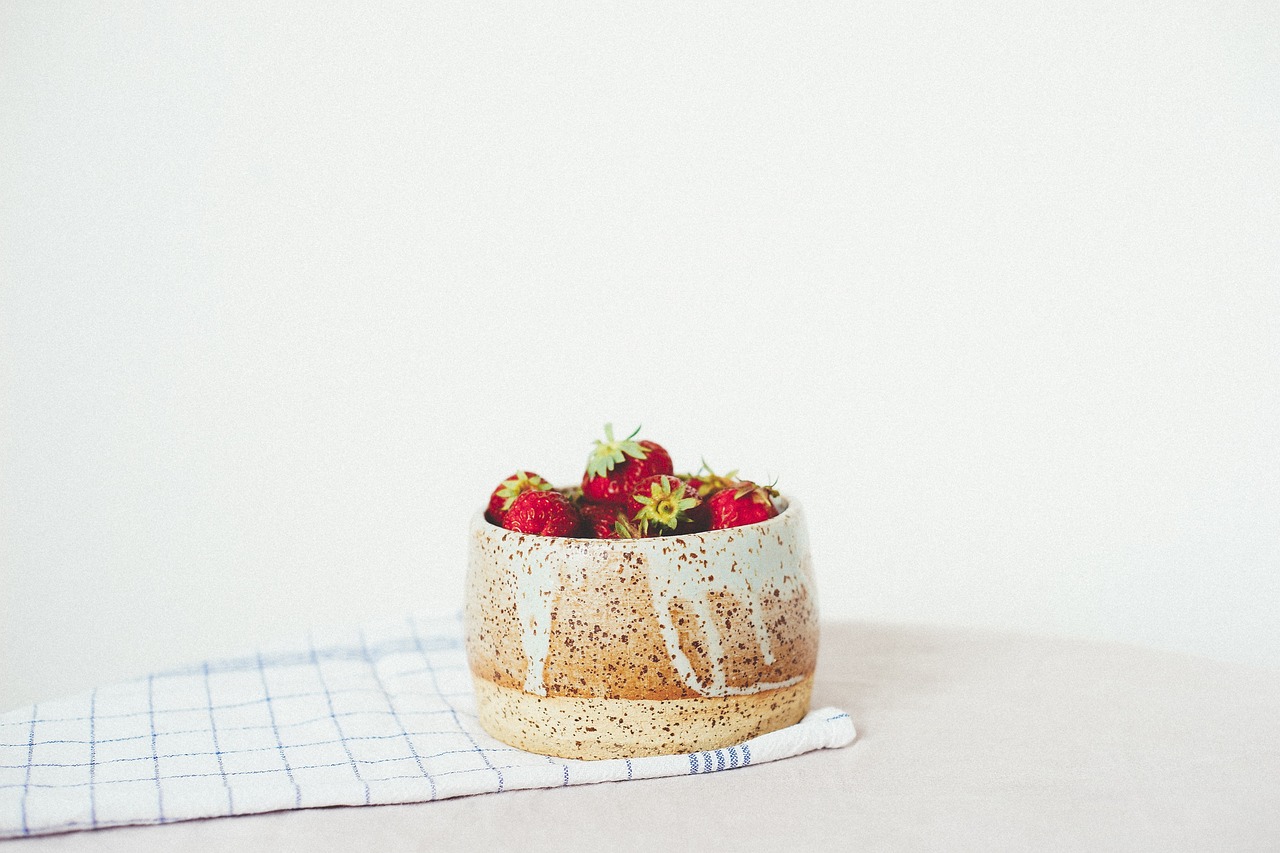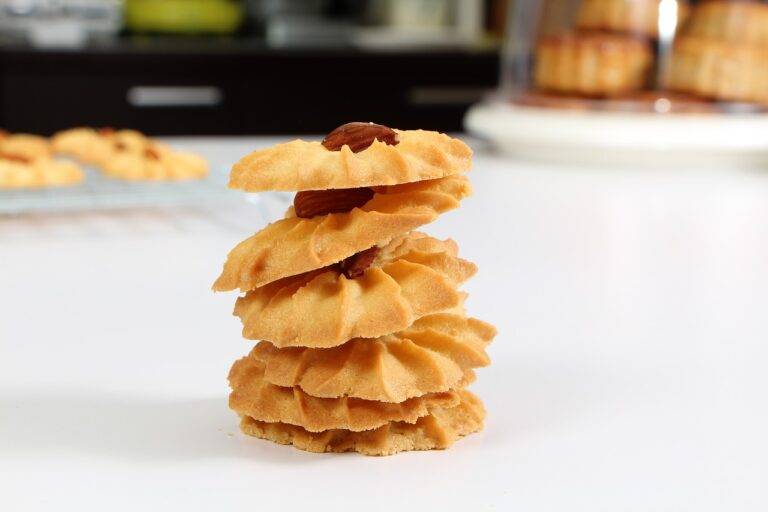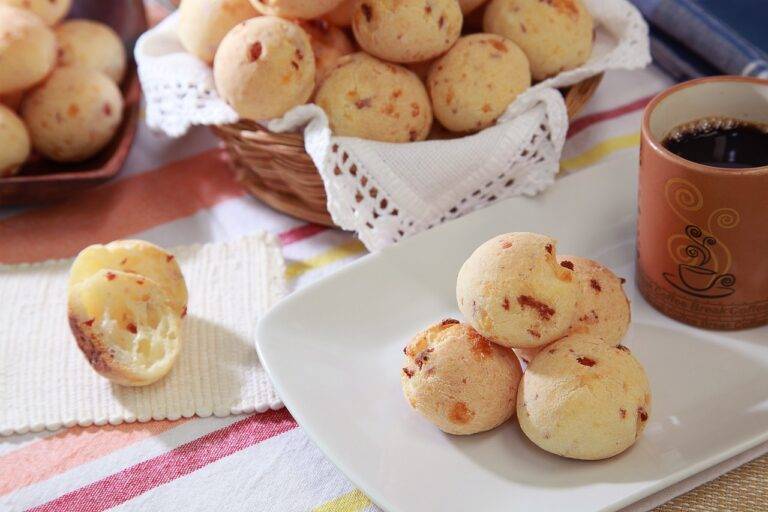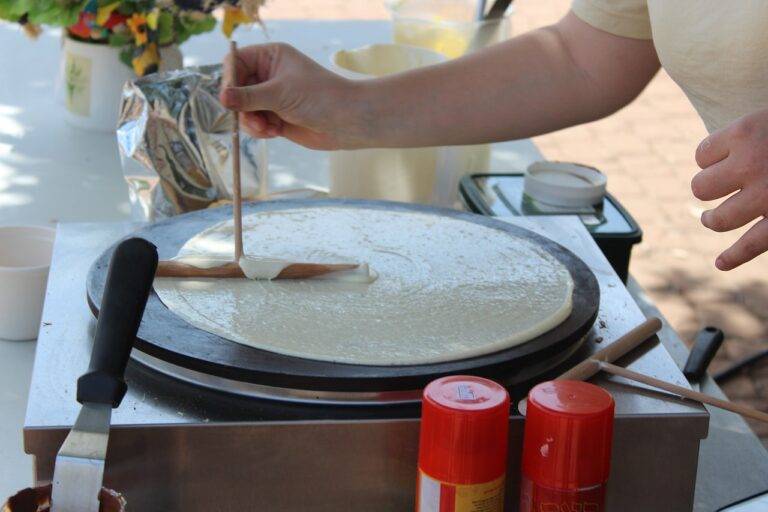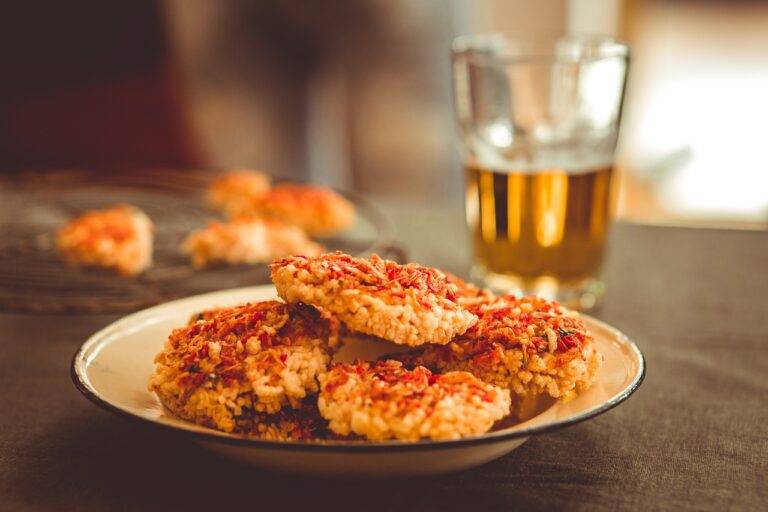The Art of Food Preservation: Modern Techniques for Preserving Foods at Home.
Preserving food is a fundamental skill for any home cook looking to minimize food waste and save money. By learning how to properly preserve fruits, vegetables, and other perishable items, you can extend their shelf life significantly, ensuring that nothing goes to waste. This also allows you to buy in bulk during peak seasons and enjoy your favorite produce all year round.
Moreover, preserving food at home gives you control over the ingredients used, allowing you to avoid harmful chemicals and preservatives often found in commercially processed foods. You can tailor the preservation methods to suit your dietary preferences, ensuring that the food you consume is not only delicious but also healthier. With a variety of techniques available, such as canning, freezing, and pickling, you can unlock a world of culinary possibilities right in your own kitchen.
The Basics of Food Preservation: Understanding the Science Behind It
When it comes to food preservation, there are various methods that rely on the principles of science to extend the shelf life of perishable items. One key aspect of understanding the science behind food preservation is the role of temperature in inhibiting the growth of microorganisms. By storing food at lower temperatures, such as in a refrigerator or freezer, the metabolic activity of bacteria and other pathogens is slowed down significantly, preventing spoilage and foodborne illnesses.
Another fundamental concept in food preservation is the use of salt and sugar as natural preservatives. These ingredients help to create an environment that is inhospitable to bacteria and molds by drawing out moisture through osmosis. By reducing the water content in food, salt and sugar prevent the growth of microorganisms that require water to thrive, hence preserving the quality and safety of the food for a longer period.
Why is preserving food important for home cooks?
Preserving food helps extend the shelf life of perishable items, reduces food waste, and allows you to enjoy seasonal produce year-round.
What are the different methods of food preservation?
There are several methods of food preservation, including canning, freezing, drying, pickling, and fermenting.
How does food preservation work?
Food preservation works by slowing down the growth of microorganisms, enzymes, and oxidation that cause food to spoil. Each preservation method has its own specific way of achieving this.
Is food preservation safe?
When done properly, food preservation is safe and can help maintain the quality of the food. It is important to follow proper food safety guidelines when preserving food.
How long can preserved food last?
The shelf life of preserved food can vary depending on the method used and the type of food being preserved. It is important to follow recommended storage times for each preservation method.

